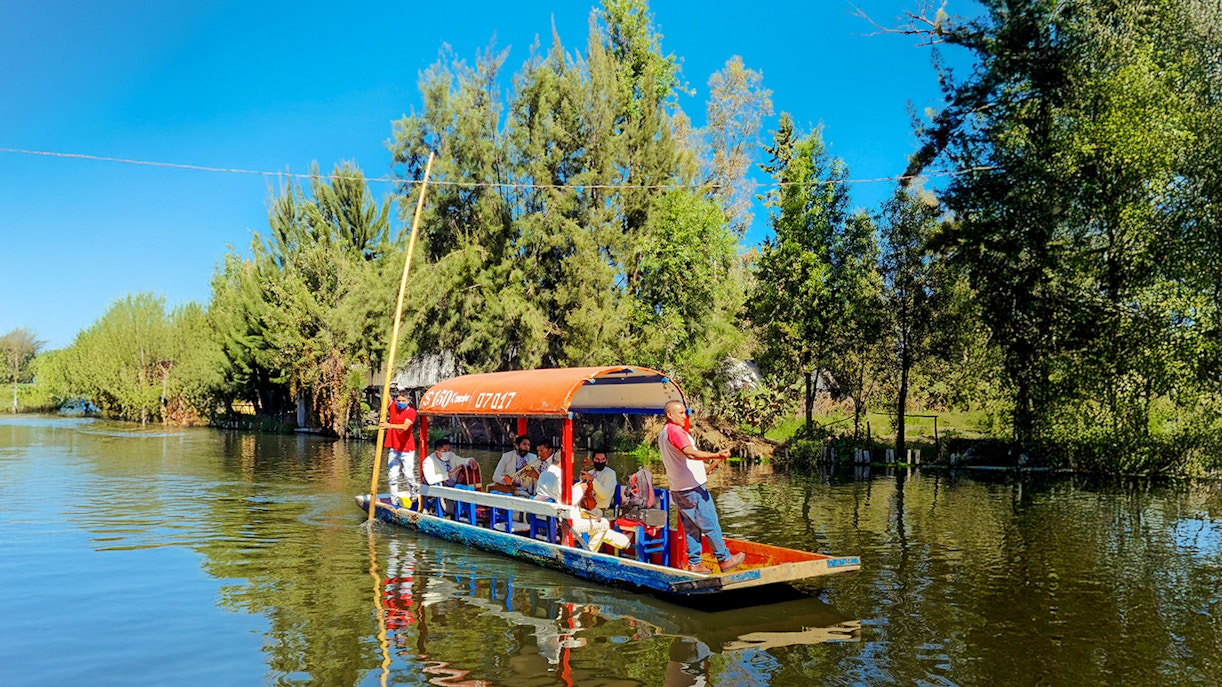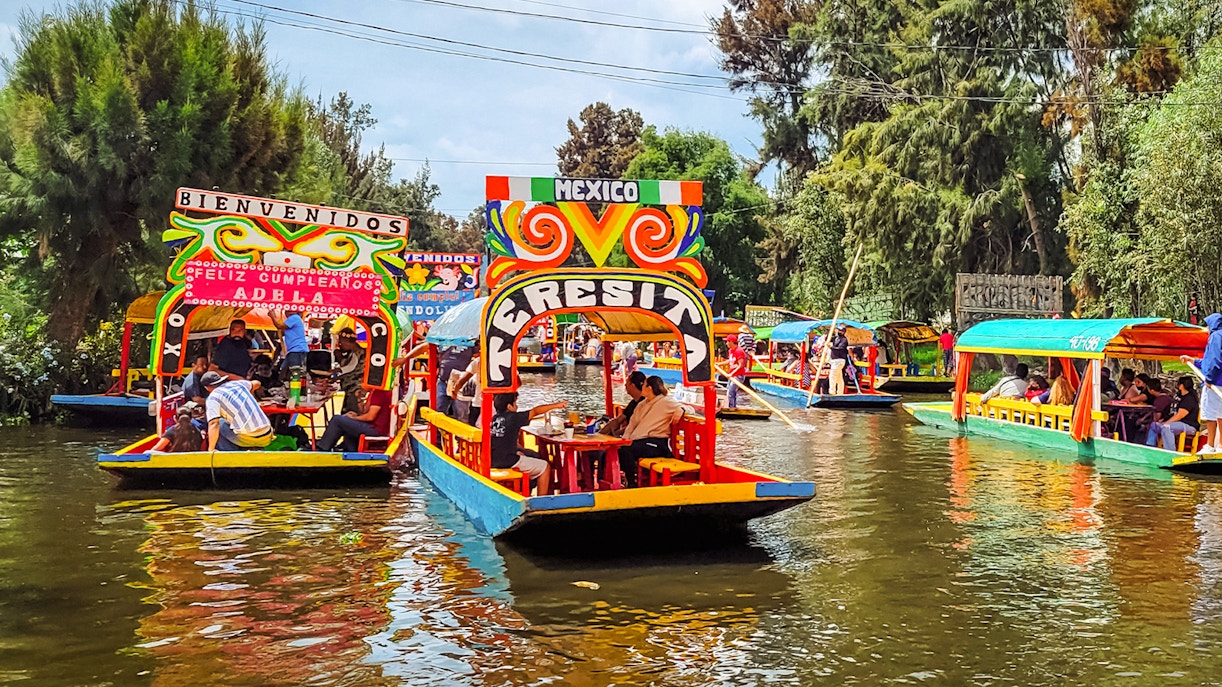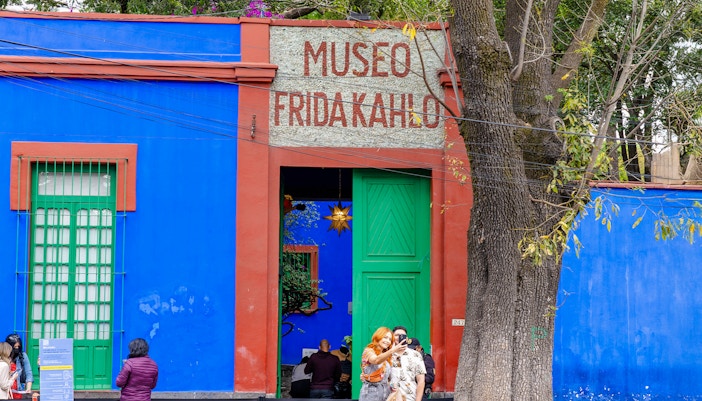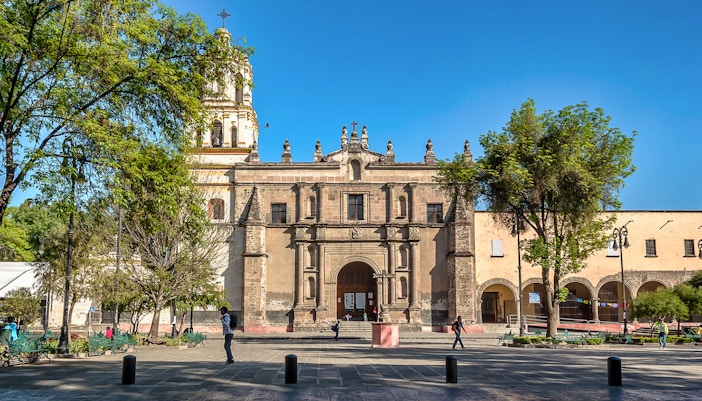Aztecs: 1, Gravity: 0
- Back in the 1300s, the Mexica people, better known as the Aztecs, were building a city on water. No soil, no farmland, just lakes and ambition. Their solution? Build land.
- They drove wooden stakes into the lakebed, created a perimeter, and then packed it with soil and lake sludge. Each plot was anchored by willow trees planted at the corners—living roots to hold it all in place.
- The canals acted like irrigation ditches. The soil was so fertile that they could harvest up to seven crops a year. There were no irrigation pumps or synthetic fertilizer—just biological design and centuries of refinement.
- Today, the surviving chinampas in Xochimilco are a window into that world. They’re fragile, but still productive. Some are used for conservation farming; others grow marigolds for Day of the Dead altars. Some are abandoned. Some are lovingly tended by families who’ve been here for generations.





